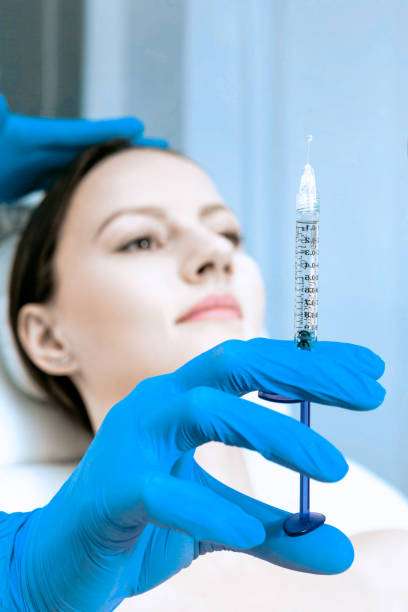The Science Behind Fat Injections: How Does It Work?
Fat injections, or fat grafting, are a fascinating blend of artistry and science. This procedure involves the careful transplantation of fat cells from one part of the body to another, leveraging the body's own tissue for natural enhancement and rejuvenation. Here's a detailed look at the science behind fat injections:
https://www.skncosmetics.com/c....osmetic-injectables/
Harvesting Fat
Liposuction Technique: The process begins with liposuction, where fat is gently suctioned out of areas with excess fat deposits, such as the abdomen, thighs, or flanks. A cannula (a thin, hollow tube) is inserted through small incisions, and negative pressure is applied to extract fat cells.
Tumescent Solution: Before liposuction, a tumescent solution (a mix of saline, lidocaine, and epinephrine) is often injected to minimize bleeding, reduce pain, and facilitate the fat removal process.
Purification of Fat
Centrifugation: Once harvested, the fat cells undergo purification to remove any impurities, such as blood, oil, and excess fluid. This is typically done using centrifugation, which spins the fat at high speeds to separate viable fat cells from other components.
Filtration: In some techniques, the fat may also be filtered through specialized devices to ensure that only the healthiest and most viable fat cells are selected for injection.
Injection Process
Small Syringes and Cannulas: The purified fat is transferred into small syringes for precise injection. Specially designed cannulas are used to inject the fat into the recipient site.
Layering Technique: The fat is injected in small, controlled amounts and in multiple layers. This technique, often referred to as "micro-droplet" injection, ensures even distribution and better integration with the surrounding tissues.
Vascularization: For the fat cells to survive in their new location, they must establish a blood supply. This process, called vascularization, is crucial for the long-term survival of the transplanted fat. The careful layering of fat cells helps optimize this process by maximizing contact with the recipient tissue's blood supply.
Cellular Mechanisms
Adipocytes: The primary cells involved in fat grafting are adipocytes, or fat cells. These cells are responsible for storing energy in the form of fat.
Stem Cells: Adipose tissue also contains a significant number of mesenchymal stem cells (MSCs), which have regenerative properties. These stem cells can differentiate into various cell types and contribute to tissue repair and regeneration.
Growth Factors: The fat graft contains growth factors that promote angiogenesis (formation of new blood vessels) and tissue healing, enhancing the survival of the grafted fat cells.
Survival and Integration
Initial Phase: Immediately after injection, the fat cells rely on diffusion to receive nutrients and oxygen from surrounding tissues. This phase is critical, as some cells may not survive due to the lack of a direct blood supply.
Vascular Invasion: Over the next few days to weeks, new blood vessels begin to grow into the transplanted fat. This vascular invasion is essential for the long-term survival of the fat cells.
Fat Cell Integration: Successfully vascularized fat cells integrate into the recipient tissue, providing the desired volume and contour.
Challenges and Considerations
Reabsorption: Not all transplanted fat cells will survive. Typically, around 50-70% of the fat cells are expected to survive, with the rest being reabsorbed by the body.
Techniques to Improve Survival: Advanced techniques, such as the use of platelet-rich plasma (PRP) or combining fat grafting with stem cell therapy, are being explored to improve the survival rate and outcomes of fat injections.
Conclusion
The science behind fat injections involves intricate processes of harvesting, purifying, and precisely injecting fat cells to achieve natural-looking and long-lasting results. Understanding the cellular mechanisms and techniques involved in this procedure helps optimize outcomes and provides patients with a reliable option for aesthetic enhancement and reconstructive purposes.






